Click here to register for summer batches of robotics. Click here for details of courses.
- Basic Concepts of Electrostatics
- How does electricity work?
- Faraday’s Laws of Electromagnetic Induction
- Ideal & Practical Voltage Sources
- Internal Resistance of Electric Source
- Ohm’s Law and Concept of AC & DC
- What is Peak, R.M.S. & Average Value of ac voltage and current
- Kirchhoff’s Current Law (KCL)
- Kirchhoff’s Voltage Law (KVL)
- Concept of Electric Power
Definition of electricity: It is a form of energy which results from the existence of charged particles (such as electrons or protons). The electricity may be in the form of static electricity i.e. due to accumulation of charges or it may be due to dynamic flow of charges as electric current.
Introduction
Before going into details we shall see some important definitions:
- Conductor: The material or device or medium that conducts electricity is called conductor. It contains large number of free electrons.
- Insulator: The material or device or medium that cannot conduct electricity is called insulator. It contains extremely few free electrons.
- Resistance: It is the opposition offered by the material, device or medium to the flow of electric current through it. The unit of resistance is Ohms (Ω).
- Conductance: It is the reciprocal of resistance. The more is the conductance, smaller is the resistance. The unit of conductance is Mho.
- Circuit: It is the closed conducting path through which current flows. Basically there are two types of circuits: closed circuit and open circuit. The closed circuit is that circuit in which current flows and the open circuit is that circuit in which current does not flow.
Water Model
The concept of voltage, current, resistance and electric power can be explained with the help of water analogy or water model. The flow of charges i.e. electrons from one point to another is called electric current. But this current is produced only when we apply potential difference across a conductor.

In above figure water Tank-A a placed at some height from ground level and Tank-B is placed at ground level. So there is a difference in potential energy between tank-A and Tank-B. So water (water current) flows from Tank-A to Tank-B. The water current is due to potential energy acquired by Tank-A with respect to Tank-B.
Electron Current
In the same way, the electric current flows through the circuit. As shown in following figure, there is a battery with positive (+) and negative (-) terminals. The negative terminal is rich with electrons. So its potential is high. The positive terminal is deficient of electrons. So its potential is low.

Also there is a resistor R in the circuit. So the electron current starts flowing from (-) to (+) terminal of battery through the resistor.
Conventional Current
Conventional current is imaginary. But for simplicity, we always use conventional current to explain the working of any circuit. The conventional current flows from (+) to (-) terminal of battery as shown in following figure.



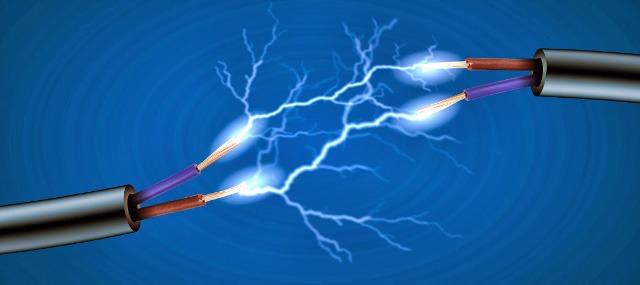
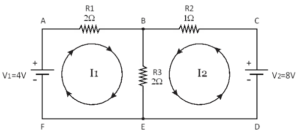
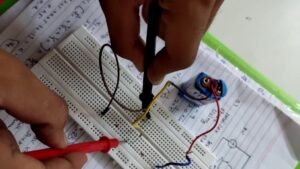
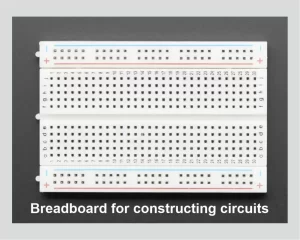
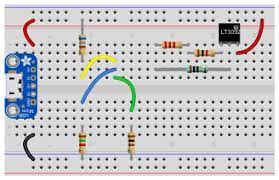
I would like to know Out of AC or DC power which is safe( to be harsh which one can kill a person easily). As far i know 230Vrms AC and 230V DC can give same heat. Thanks for your time in advance.
DC will be more harmful, as it does not change the polarity. Also the direction of DC current remains same. So once the person is caught by DC supply, there is no chance to escape, unlike AC as in AC supply, if it has 50Hz frequency, then there are 50 chances in 1 second to escape at each zero crossing.